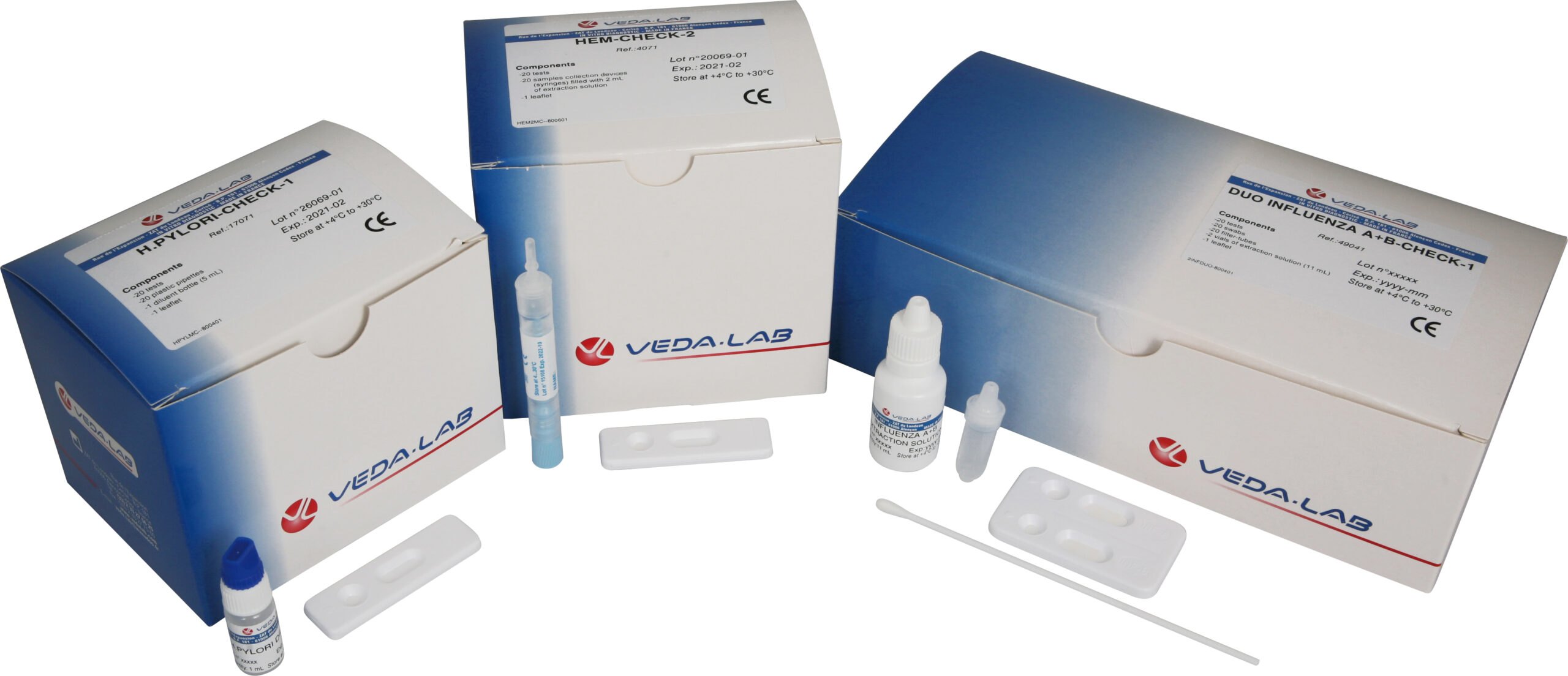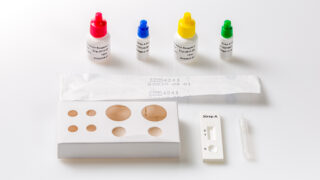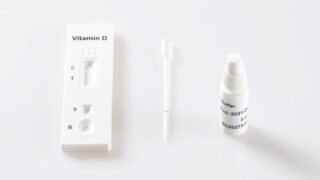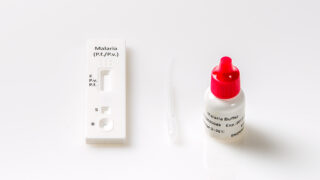Categories
D-Dimer Rapid Test
The D-dimer test is a test that measures the levels of D-dimer, a protein fragment, in the bloodstream. It’s a critical diagnostic tool for detecting abnormal blood clot formation, often associated with conditions like deep vein thrombosis and pulmonary embolism. Healthcare providers use this test to assess the likelihood of clot-related disorders, aiding in diagnosis and guiding treatment decisions. It plays a crucial role in ensuring patient safety and timely medical interventions.
Product information
The D-Dimer is a rapid screening test for the detection of D-Dimer in citrated plasma and whole blood samples as a tool to assess coagulation disorders by medical healthcare professionals. The determination of D-Dimers only is not sufficient to diagnose deep vein thrombosis nor pulmonary embolism.
Advantages of D-Dimer test
- Easy to perform
- No complex sample collection needed
- Accurate test result
General information
Fibrinogen is one of the main proteins of the blood coagulation system. As a result of the blood coagulation, thrombin is activating fibrinogen into fibrin monomers which are leading to clots formation. Fibrin clots are then digested by plasmin and D-Dimer, which is the main and the smallest component of fibrin clots lysis, is released into the bloodstream.
The presence of D-Dimer in blood samples is an indicator of various coagulation disorders, including deep venous thrombosis (DVT), pulmonary embolism (PE) and atherosclerosis. D-Dimer assay is a widely used and simple exclusion method of DVT and PE which is, in addition, not requiring any expensive laboratory instruments. In healthy individuals, D-Dimer concentration in blood is less than 400 – 500 ng/mL FEU (FEU: Fibrin Equivalent Unit).
The D-Dimer Rapid Test is a rapid screening test for the detection of D-Dimer in citrated plasma and whole blood samples. As the samples flows through the absorbent device, the anti-D-Dimer immunoglobulins dye conjugate binds to the D-Dimer, forming an antibody-antigen complex.
This complex binds to the specific polyclonal antibodies directed against human D-Dimers in the positive reaction zone and produces a pink-rose colored band, if the D-Dimer concentration in the sample is greater than 400 ng/mL FEU. In case of the concentration level is lower than 400 ng/mL FEU, there is no line in the positive reaction zone.
The reaction mixture continues flowing through the absorbent device, past the reaction and control zones. Unbound conjugate binds to the
reagents in the control zone, producing a pink-rose color band, demonstrating that the reagents are functioning correctly.
Test procedure
- Allow specimen and D-Dimer Rapid Test to come to room temperature prior to testing.
- Remove the reaction device from its protective wrapper by tearing along the split.
- Label device with the patient ‘s name or control number.
- Fill the plastic pipette with specimen (citrated plasma) and, by holding it vertically, dispense one drop (25 μL) into sample well. If whole blood is used, dispense two drops (50 μL) into the sample well and wait for the whole blood sample to be completely absorbed before adding diluent.
- Add 5 or 6 drops of diluent (200 μL) in the sample well, with an interval of 2-3 seconds between each drop.
- Read the results after 10 to 15 minutes. For low positive samples, it is necessary to read the results at 15 minutes.
Interpretation of the results
Negative result: One colored band appears in the control zone. No apparent band in the test zone.
Positive result: In addition to the control band, a clearly distinguishable band also appears in the test zone. D-Dimer concentration is higher than 400 ng/mL FEU.
Invalid result: If there is no distinct colored band visible the control zone, the test is inconclusive for the corresponding parameter. In this case, it is recommended that the test be repeated.
| Product name | D-Dimer Rapid Test |
|---|---|
| Detection | D-Dimer |
| Type | |
| Sample Type | |
| Pack Size | |
| Format | |
| Analyte Detection |
Related products
-
Medical Tests
FOB Rapid Test
Price requestThe Fecal Occult Blood (FOB) test, as a stool test, is used to detect the presence of hidden or occult blood in the feces. This test is vital for identifying gastrointestinal bleeding and potential issues such as colorectal cancer, polyps, or other digestive disorders. The test enables the early detection of colorectal health problems, which can lead to timely medical intervention and improved outcomes.
-
Medical Tests
Strep A Rapid Test
Price requestThe Streptococcus A test, known as a rapid strep test, is a diagnostic test used to detect the presence of group A Streptococcus bacteria (Streptococcus pyogenes) in the throat. It is essential for diagnosing strep throat, a common bacterial infection, and helps in quickly identifying the causative agent of symptoms like sore throat and fever. Rapid results from this test allow for timely treatment with antibiotics, reducing the severity and duration of the illness.
-
Medical Tests
Vitamin D Rapid Test
Price requestA vitamin D test is a blood test that measures the levels of vitamin D in the bloodstream. This test is used to assess an individual’s vitamin D status, which is essential for bone health, immune function, and overall well-being. The test helps to diagnose vitamin D deficiencies or excesses and guide appropriate supplementation or treatment. It’s a valuable tool in maintaining optimal health.
-
Medical Tests
Malaria Rapid Test
Price requestA Malaria Test is a diagnostic test used to detect the presence of the malaria parasite in a person’s blood. These tests are crucial for diagnosing malaria, a potentially life-threatening mosquito-borne disease. They are offered by healthcare providers and laboratories, and they typically include rapid diagnostic tests (RDTs) and microscopic examination of blood smears. Rapid tests provide quick results, allowing for timely treatment and management of the disease. These tests are vital in regions where malaria is prevalent and for travelers to such areas.

 Drug Test
Drug Test Heart Markers
Heart Markers Hormone Tests
Hormone Tests Medical Tests
Medical Tests Microbiology
Microbiology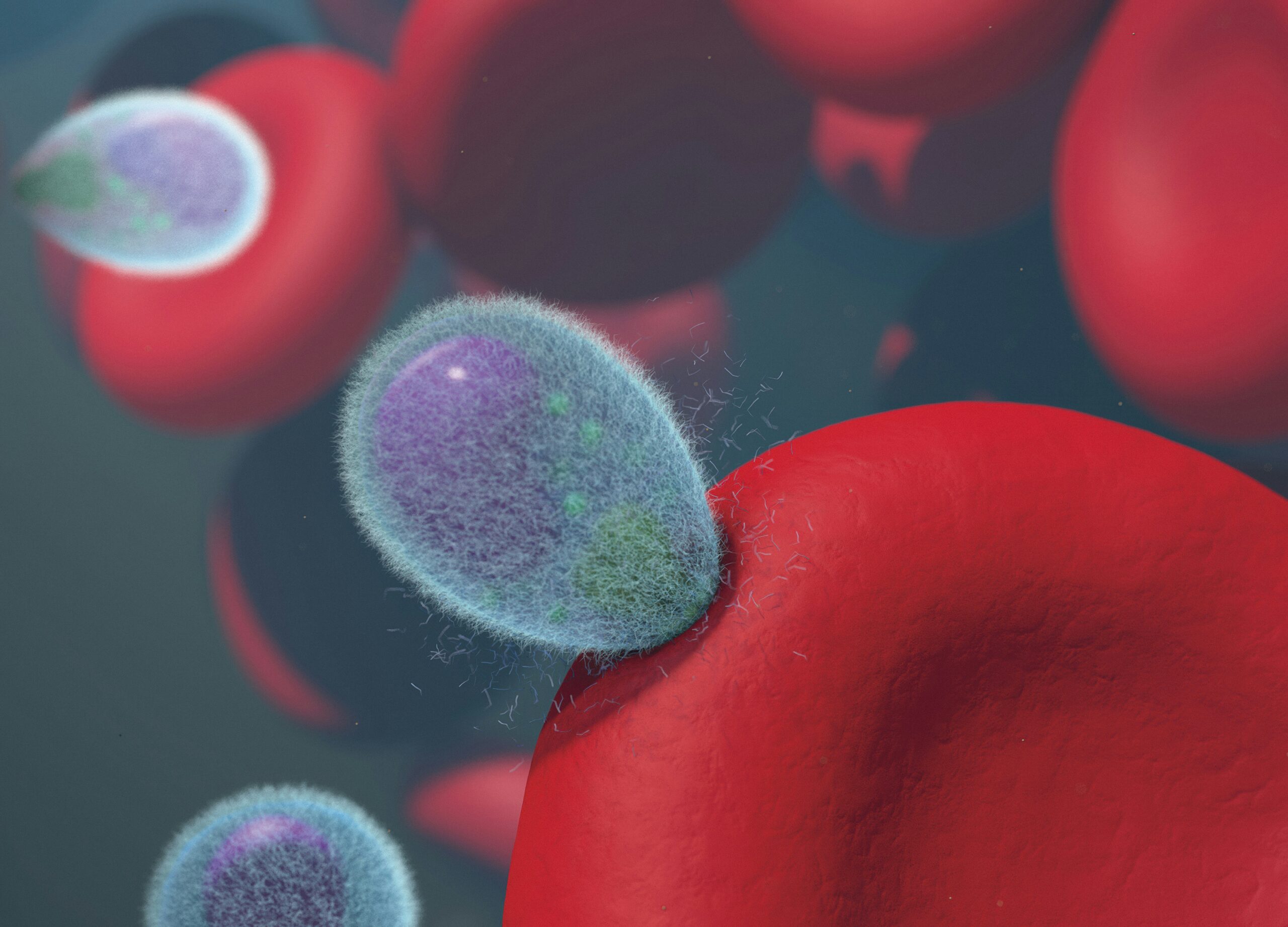 Parasite Infection
Parasite Infection Proteins and Inflammatory Markers
Proteins and Inflammatory Markers Qualitative Controls
Qualitative Controls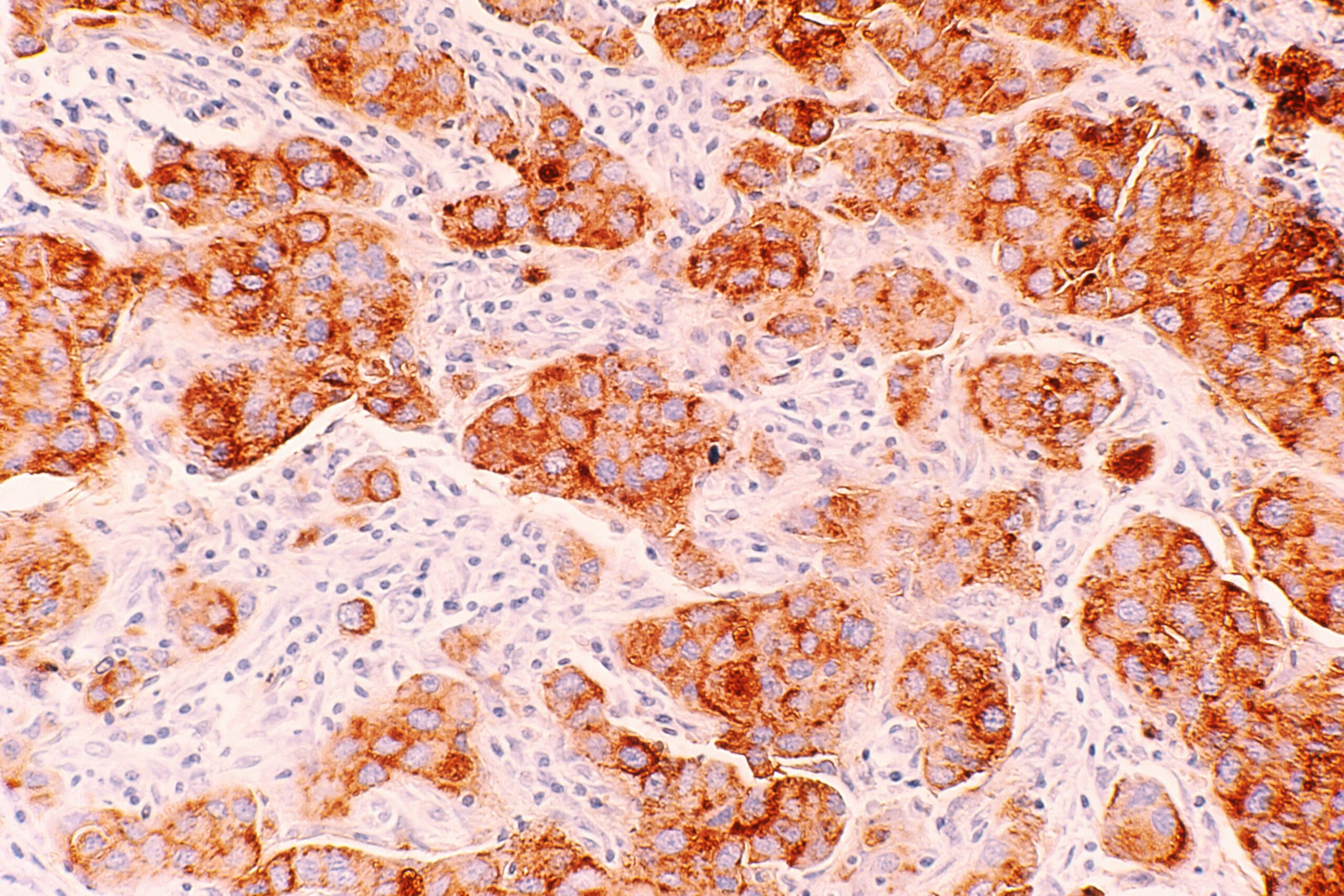 Tumor Marker
Tumor Marker Viruses
Viruses